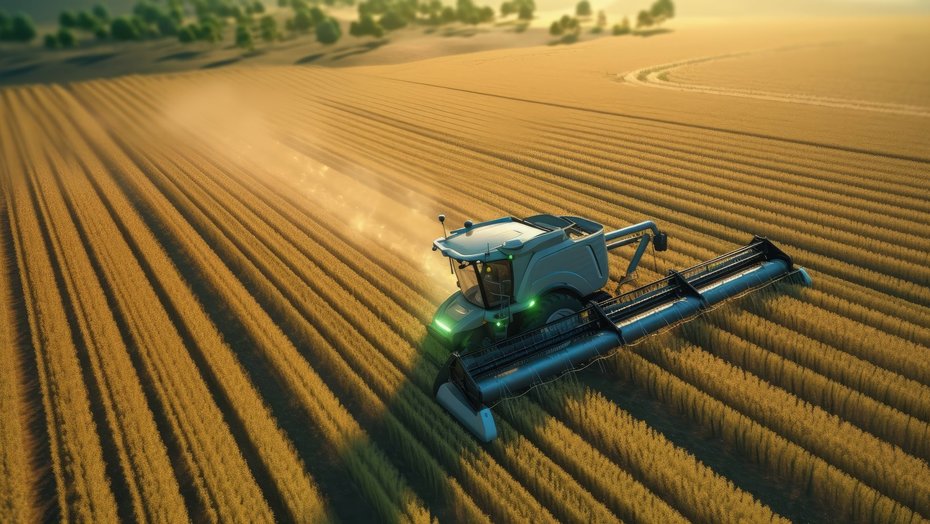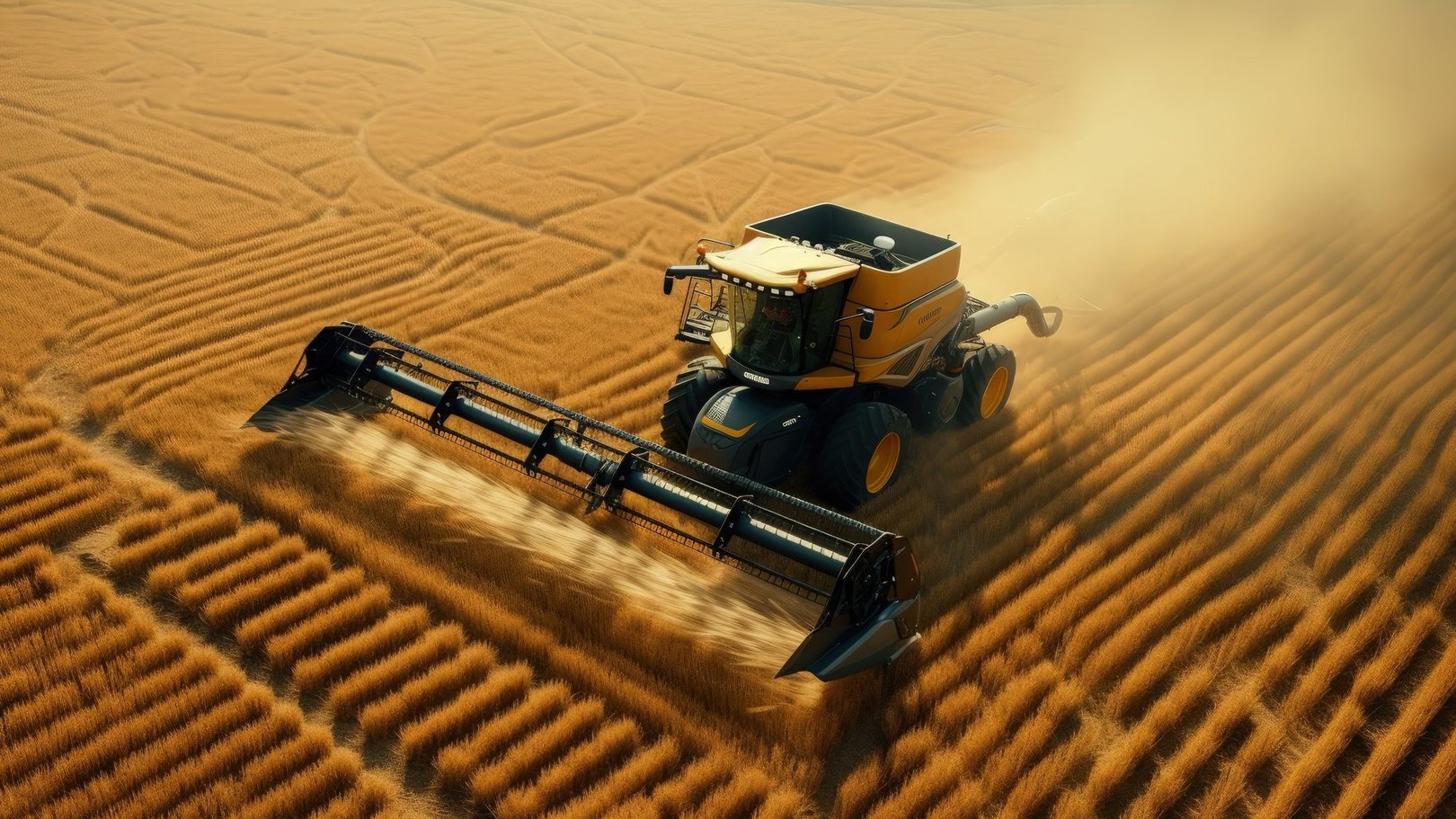With AI tools becoming more sophisticated, it’s easier now for content creators to produce photographic-quality images quickly, breaking down barriers usually presented with gear and software.
So, it’s no wonder marketers and companies are turning towards AI Photography to expedite the process of creating fantastic imagery, but can we trust AI photographs for advertising? Or will using synthetic content erode brand trust with our customers?
What is AI photography and how does it work?
Tools like Midjourney and DALL-E create impressive imagery using AI tools similar to ChatGPT.
Just like their text-based counterparts, AI photography generative tools scour their own database and search engines to create imagery based on users’ submitted prompts. Depending on the complexity of the submitted prose, these tools can create quality images within a couple of minutes.
It’s easy to see why content creators will be turning towards these tools to streamline their process of creating exciting visual content.
There are concerns AI generative tools will impact the creative industry but these systems still require human hands to direct them.




